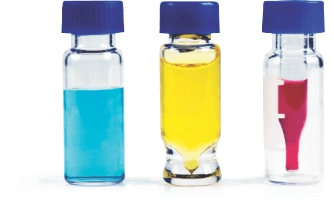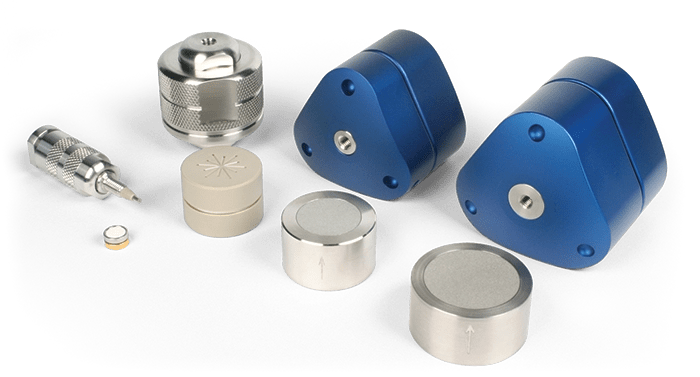
Food and Beverage Analysis
Product Information
Brand
Helping you achieve quality analysis in food safety, quality, and authenticity testing.
Explore advanced GC & HPLC methods for food and beverage analysis with Phenomenex. Achieve unparalleled accuracy & efficiency in your lab processes. Learn how!
Helping you achieve quality analysis in food safety, quality, and authenticity testing.
Accurate sample preparation and the effective resolution of complex matrices are critical for reliable analysis of food safety, quality, and authenticity. Whether assessing pesticide residues, ingredient quality, or verifying authenticity, our comprehensive portfolio of LC and GC columns and sample preparation solutions supports method development by enhancing robustness, reproducibility, and data quality.
Our advanced GC & HPLC analytical tools for food safety and quality analysis enable:
- High-precision chromatography testing that meets stringent regulatory standards
- Quantitative and qualitative determination of analytes in complex matrices for comprehensive food assessment
- Application of diverse chromatographic selectivities to expand analytical capabilities























